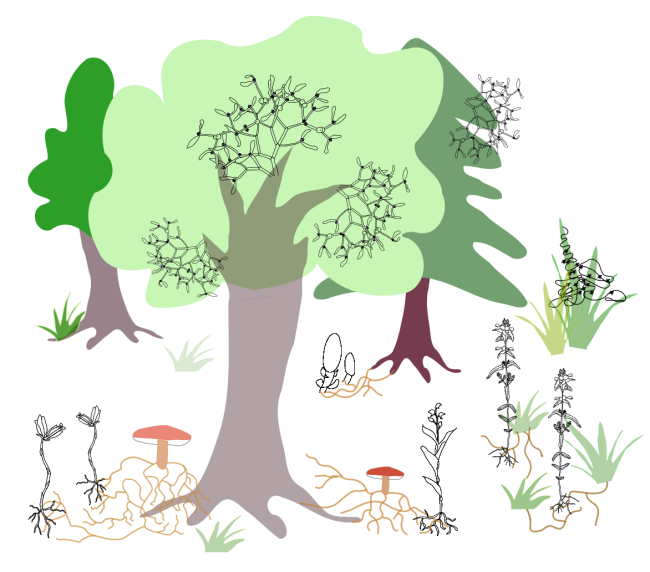Publications
Světlíková P, Hájek T, Těšitel J, 2018. Water stress physiology of Rhinanthus alectorolophus, a root-hemiparasitic plant. PLoS ONE 13 (8), e0200927.
Světlíková P, Hájek T, Těšitel J, 2018. A hemiparasite in the forest understorey: photosynthetic performance and carbon balance of Melampyrum pratense. Plant Biology 20 (1), 50–58.
Světlíková P, Blažek P, Mühlsteinová R, Těšitel J, 2016. Tracing nitrogen flow in a root-hemiparasitic association by foliar stable-isotope labelling. Plant Ecology and Evolution 149 (1), 39–44.
Světlíková P, Hájek T, Těšitel J, 2015. Hydathode trichomes actively secreting water from leaves play a key role in the physiology and evolution of root-parasitic Rhinanthoid Orobanchaceae. Annals of Botany 116 (1), 61–68.
https://scholar.google.cz/citations?user=Y_WCOo4AAAAJ&hl=cs






